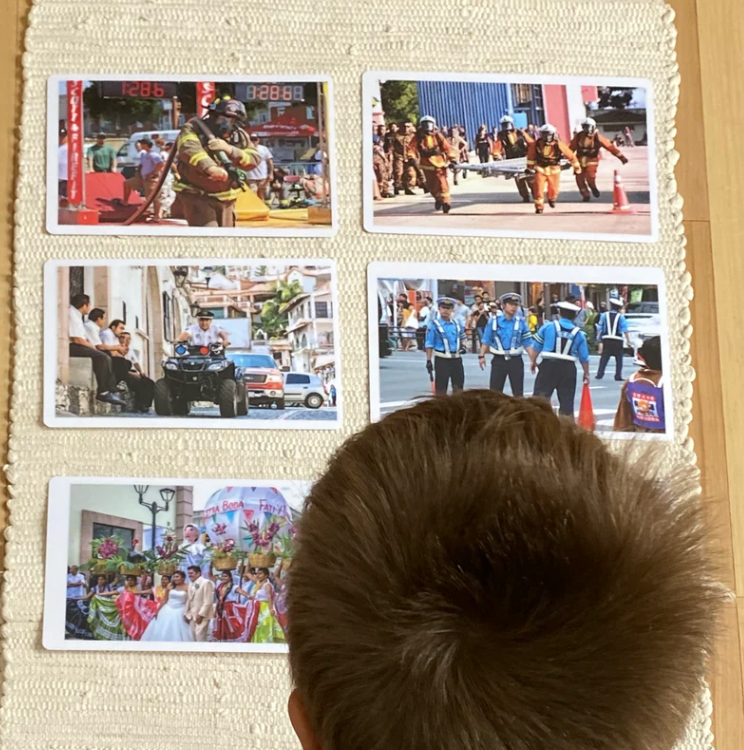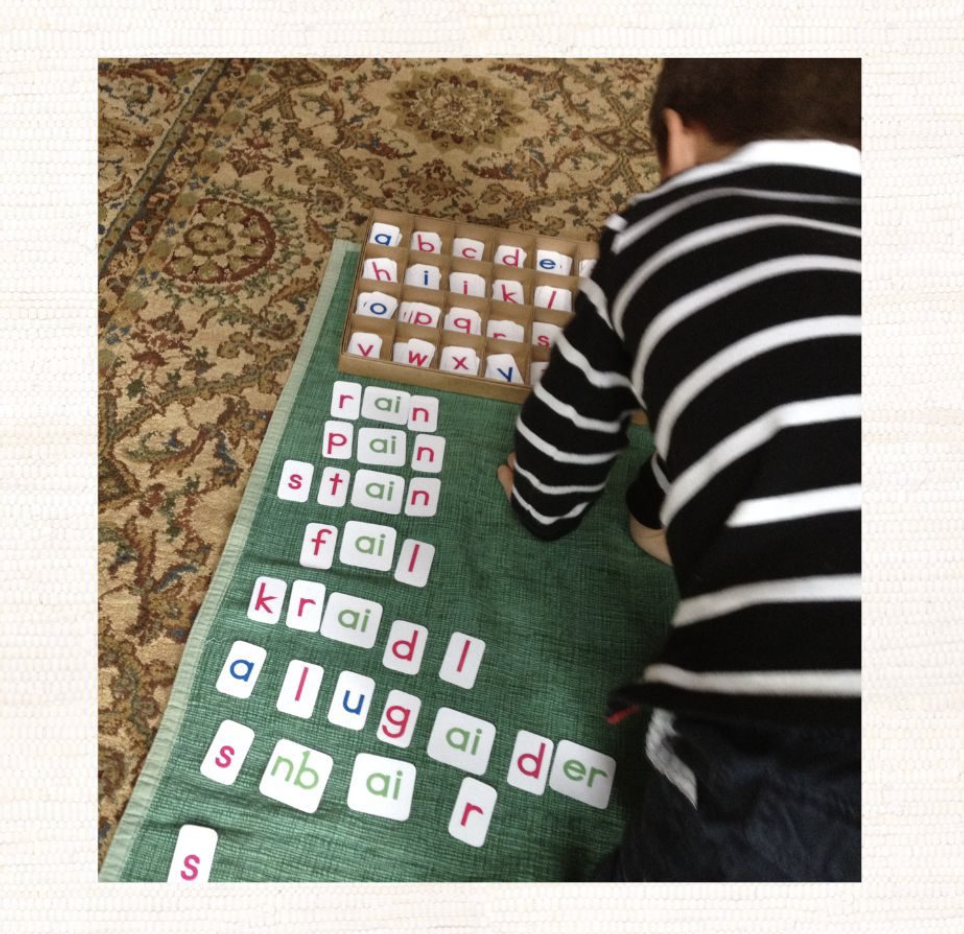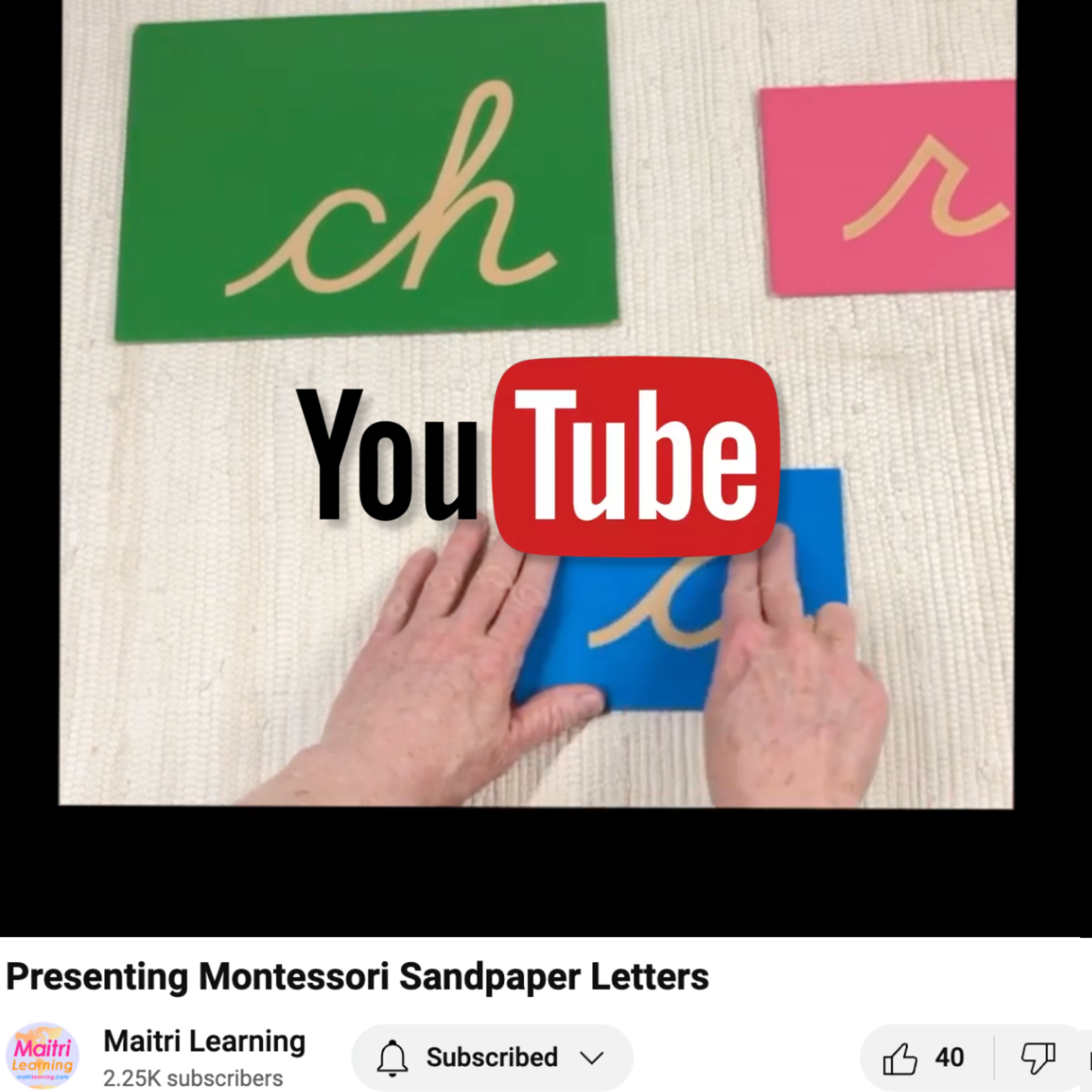I Spy Sound Games in Four Steps
The ability to hear all the sounds in words (phonemic awareness) is a key step to learning how to read. The young child's brain is primed to do this and we can help by playing a simple little game called the sound game or I Spy.
There is more than one way to play this game but we like to do it in four steps:
- Beginning sounds (starting with something super obvious)
- Beginning and ending sounds
- Beginning, ending, and middle sounds (in that order)
- All the sounds in a word (segmenting)
Let me show you what I mean.
Level 1: Beginning Sounds
In Level 1, we just focus on the beginning sound in something super obvious (in your hand so they can't fail). Our goal here is to help them learn how to play the game, how the game works. Later, after we are 100% sure they understand the game, we add in more objects.
You can use a collection of objects specially prepared for the game or use found objects from around the room (we recommend this approach). Feel free to use whatever you have on hand.
Play this everyday until the children can succeed with finding the right beginning sound among several objects. Then, move on to level 2.
Level 2: Beginning and Ending Sounds
Now that they are confident with playing the game, we add in more complexity to keep it interesting. Guide the children to walk around the room with you to collect several objects to bring to your work area. Don't worry if you have a few that have the same beginning or ending sound. It's okay if they have more than one correct option on the rug. The act of gathering and then putting away items from the room actually helps connect the children deeply with the space. This ownership is part of what makes it their space: the Children's House.
Once you have your objects collected together, you'll play I Spy but say the beginning AND ending sound of one of the objects on the rug. Don't just say the ending sound; it's too hard! But this is a common mistake we adults make. Our goal is actually not just to get them to hear the ending sound in a word, it's to help them hear ALL the sounds in a word. Focusing on beginning and ending sounds is the next step.
Play this daily until the children are excelling and can consistently find the object you're looking for based on its beginning and ending sound. This could take a few days or several weeks.
Level 3: Beginning, Ending, & Middle Sounds
Once the children are excelling with Level 2, we add in a little more complexity to keep it challenging and fun by adding in middle sounds. Some teachers like to have a prepared basket of miniatures for this level but others prefer to gather items from around the room as in Level 2. Either way can work.
Once you have your objects collected at your work area, play the game just as before but look for something based on its beginning sound, ending sound, and middle sound IN THAT ORDER. You might want to choose objects that have only three sounds (like rock or mug) to start but it's also okay to use words with multiple phonemes (like basket or elephant). Don't stress out about it. Just choose one middle sound to start with. They can tell you there are other middle sounds and that is fantastic!
Again, we are not trying to teach them to hear middle sounds in words, we're trying to help them hear all the sounds in a word. This unexpected order (for adults) makes perfect sense to the child because the beginning and ending sounds in words are the most obvious. The middle sound is harder so we save it until now. Make sense?
Play this daily until the children are confident and feel like they can find any object based on its beginning, ending, and middle sound. Then, move on to Level 4.
Level 4: All the Sounds (Segmenting)
We are finally at the culminating stage of this game where we invite children to hear all the sounds in a word. This includes words with more than one middle sound (like pumpkin or cactus).
Start like we do in Level 3 but be sure the children are choosing the objects (from anywhere in the room) to use for the game. Then ask them if they can hear any other sounds in that word. Say the word slowly, emphasizing each phoneme.
Once the children consistently succeed with Level 4 and can recognize all of the sandpaper letters by sound, they are ready for the Movable Alphabet.
What do you think? Have you tried this and it works for you? Have you tried something else? Let us know below so that we can all benefit from each other's wisdom and experience!








1 comment
This Maitri Learning blog post succinctly presents four structured levels for sound games beginning, ending, middle sound recognition, and full segmentation to build phonemic awareness gradually and effectively through playful object-based activities.
Sudha Acadamey
Leave a comment
This site is protected by hCaptcha and the hCaptcha Privacy Policy and Terms of Service apply.